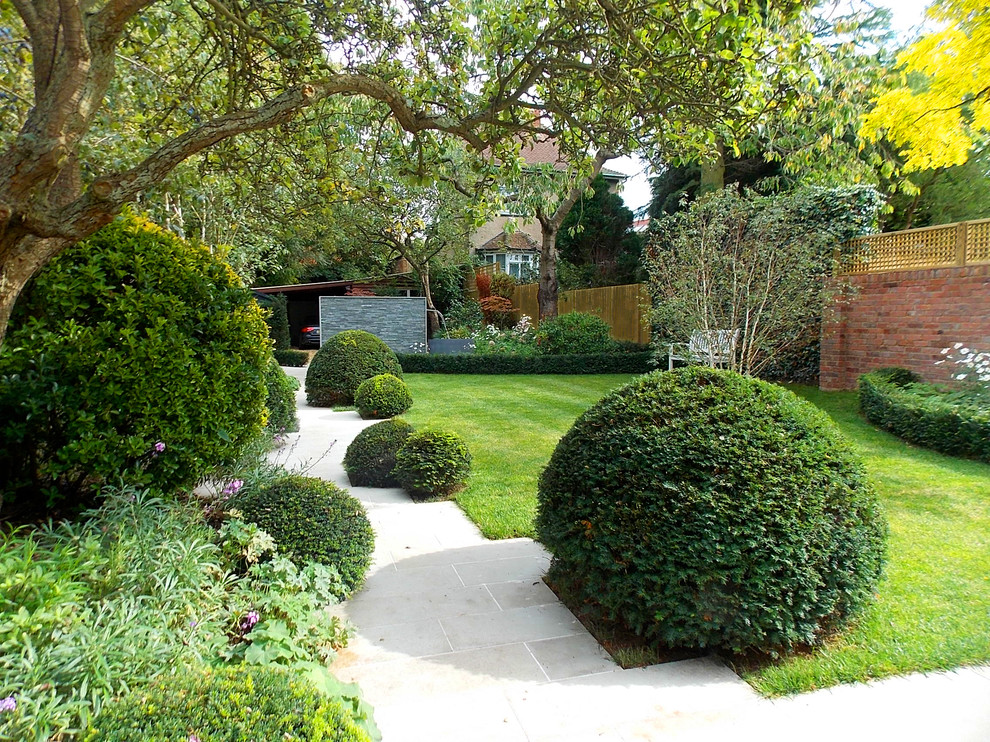Tips to Take Care of Your Yard
Everyone would love to have a patch of soft, green paradise in their home. So you spend hours on yard work and mowing your lawn.
Unknowingly your yard pays you back for all the hard work. Your home is cool even during hot months; A tremendous amount of oxygen is released in your surroundings; it Catches a huge amount of dirt and dust to keep the family health; It makes the home attractive among others.
But you need to work… and more work to keep your yard healthy. It doesn’t have to be that way, work smarter not harder. Actually, the amount of work has nothing to do with it, what matters most is when and how you do it. Take care of your yard with these tips and reap the benefits.
Hiring a Yard Care Provider
It is every homeowner’s dream to have a beautiful yard but landscape maintenance is at the bottom of their things-to-do list. A busy schedule, broken lawnmower, and more excuses push off the yard maintenance schedule repeatedly making it harder to complete than if it was done earlier. The workaround for completing the tedious tasks is to hire a yard care provider and let them handle all your worries.
Photo by Exterior Worlds Landscaping & Design
Schedule them while you’re at work and come home to a beautifully manicured yard. You can focus on more worthwhile activities that need your immediate attention. Never worry about using chemicals or cutting down plants or weeds, they know what they are doing to keep your yard in the pink of health.
Hiring a yard care provider may be initially expensive but the many benefits will outweigh the cost in the long term. Think about your expenses for the maintenance and storage of equipment, the purchase of chemicals and fertilizers, and your time to perform the task.
Remove Excessive Debris
Thatch is the mat of roots and stems on the lawn surface that has died out. A bit of thatch about ½ of an inch is good for your yard and more than this will suffocate it. A good raking will stimulate air circulation through the grass, thwart disease, and fuel growth. The ground and grass should be dry enough, early spring is the perfect time to scrape debris raking late will harm roots.
Photo by Construction Landscape, LLC.
Hold back cutting on perennial stems until the climate has certainly warmed to protect helpful bugs and predators who are hibernating in plants. They will wake up from the warm climate and long daylight. Start a compost pile if you don’t have one and rake the debris to the pile. This will break down and enhance organic matter and nourishment to the soil which is ideal for plant growth.
Fertilizing
The best time to fertilize is autumn, grass imbibes nitrogen to help them turn green swiftly in spring. Avoid heavy fertilization this won’t work well with grass and can lead to diseases. Also, use a fertilizer with a slow-release formula this encourages good root development such as urea foam, IBDU, and WIN. If possible, use an organic fertilizer that is made of plant or animal products. They feed earthworms and microbe which aerates the soil and decompose grass trimmings.
Photo by Partridge Fine Landscapes Ltd.
Watering
The best time to water the yard is before 10 in the morning when winds are cool and calm so water can soak and reach the roots before it evaporates. Or between 4 to 6 pm to allow the plants to dry before nightfall. The presence of water on the plant attracts diseases that will destroy it.
Photo by Good Earth Water Gardens
If there are no irrigation solutions in your yard that’s OK, a basic sprinkler with a basic timer has you covered. Attach the timer to your water faucet, a garden hose is attached to the timer when the water is on the timer controls the flow of the water to the sprinkler. Apply this rule of thumb to determine if you’ve watered enough, pierce a screwdriver 6 inches deep into the soil if there is no sign of wetness or it hasn’t reached the desired level continue watering and stop if it has.
Mowing
Mow the yard when the grass is 2 to 3 inches high if it is excessively long it conceals the roots and allows weeds to grow. Do not mow during the hottest part of the day, the grass is weak and abstains from cutting when it is wet the clippings clumps on the yard and places the operator in harm’s way.
Mowing in different directions is good for your yard. The grass will have an even cut, straight growth pattern, and moderate soil compaction. Grass clippings can be left on the yard to decompose and provide nutrients for plants, but they should have no traces of herbicides or pesticides.
Clean or replace the filter and spark plugs of your lawnmower during spring. The blades should be sharpened every month or two.














